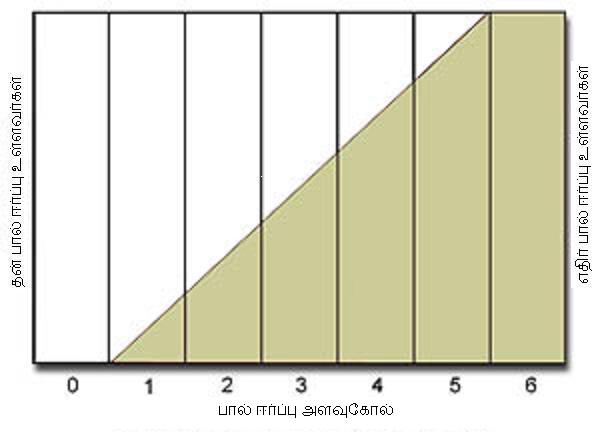Kinsey Sexuality Scale
The Sexuality Rating Scale, sometimes referred to as the “Kinsey Scale,” was developed by Alfred Kinsey and his colleagues Wardell Pomeroy and Clyde Martin in 1948.
Even though many people know only about heterosexuality (attraction between member of the opposite sex), sexuality is very diverse. After years of research, Kinsey categorized human sexuality on a scale ranging from zero to six.
The most commonly known heterosexuality is rated at zero and homosexuality (same sex attraction) at number six. It is interesting to note that many people fall in between zero and six, with varying levels of same sex attraction. Such women and men are called bisexuals.
Please find below the pictorial representation of Kinsey’s sexuality scale

0- Exclusively heterosexual with no homosexual
1- Predominantly heterosexual, only incidentally homosexual
2- Predominantly heterosexual, but more than incidentally homosexual
3- Equally heterosexual and homosexual
4- Predominantly homosexual, but more than incidentally heterosexual
5- Predominantly homosexual, only incidentally heterosexual
6- Exclusively homosexual
What is my number? How do I take the test?
There is no ‘test.’ The scale is purely a method of self-evaluation based on your individual experience, and the rating you choose may change over time.
For more details on sexuality scale , please refer to the website of Kinsey research institute.
Source: Wikipedia.org
(c) Orinam.net. Please read our copyright policy.
